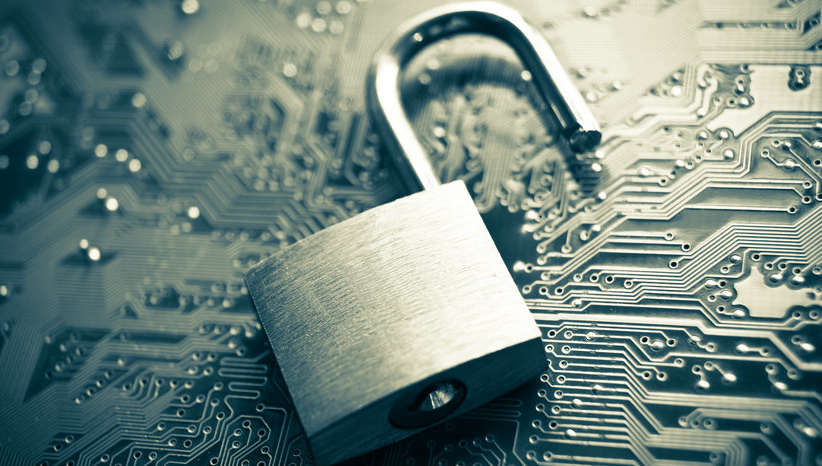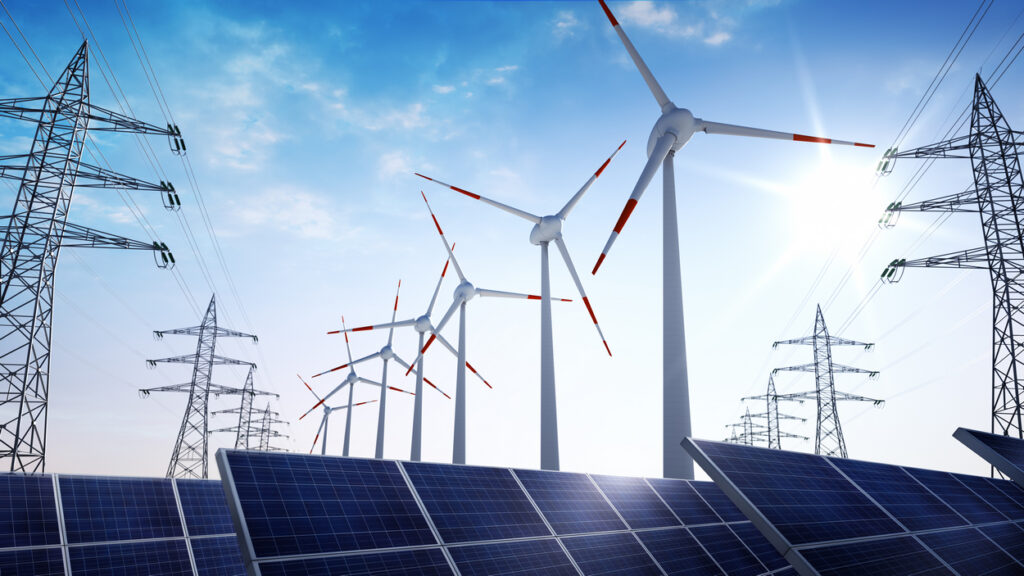
- various measures could be taken into action by the grid operators and the government to ensure the safety and security of the grid infrastructure.
- Cyber attacks could impact the physical safety, lead to economic losses and affect public safety. The attacks could also ruin the reputation of the grid operators.
Since the Russian invasion of Ukraine last year, European countries have dreaded the chaos in war form various sectors. A cyberattack hit Ukraine in 2015 and caused a blackout that affected over 230,000 people. Cybersecurity protects the operations of various industries such as solar, wind and power grids in general. Cyberattacks can get rampant on vulnerable digitalized and interconnected power systems. Cyberattacks target various information systems and networks for malicious intentions. The use of decentralized energy systems in solar and wind farms could be prone to cyberattacks. These attacks capture sensitive data and power outages which can lead to the destruction of physical assets. The growing number of smaller renewable installations around Europe run on various third-party systems which connect to the power grid.
Power surge arrestor is a safety device used for bypassing and discharging current in order to restrict voltage on the components. They divert power surge to earth through the use of grounding. Additionally, surge arrestors protect the overhead devices from the dangers of lightning. They are usually installed at the service entrance to protect the downstream devices. The main types of surge arrestors are the distribution arrestors and the line surge arrestors.
Impacts of cybersecurity on power grids in Europe
Electrical power grids are more dependent and reliant on the use of digital technology as the industry advances. Europe prepares for events of cybersecurity in their electrical grids to reduce disruption of power supply. The increased concern in Europe is from the increased digitalization and interconnectedness of the energy systems. Power surge arrestors have high tensile and mechanical strength that helps them resist the increase in current and lightning strikes. The following are the major impacts of cybersecurity on European power grids.
- Physical damage – a cyberattack on a power grid could affect the physical assets such as power plants, substations and other electrical components that could lead to power supply disruptions and blackouts. This could affect individuals, businesses and essential services relying on a stable power supply.
- Financial losses – cyberattacks on a power grid leads to significant economic losses on industries depending on electricity. Such industries include manufacturing, healthcare and transportation industries. Surge arrestors help to protect other overhead devices and household devices from faulty currents.
- Public safety – breaches in cybersecurity could affect the safety of the public by causing damages and accidents. A good example is a cyberattack on traffic lights and emergency response systems which may lead to accidents and deaths.
- Reputation and trust damage – incidents in cybersecurity can destroy the reputation and trust of the power grid operators and energy providers. The consumers may erode their confidence in the reliability and security of the power grid.
How to improve security for European power grids

European countries have already employed strategies that help reduce the risk of cyber attackers. This is as seen in the employment of ethical hackers to identify the loophole sin the systems and reduce the risk of the attacks. Improving the cyber security of the European countries would require collaborative and proactive approach that combine the technological advancements and policy frameworks. This can help power grid operators strengthen the resilience and security of European power grids against cyber threats. Surge arrestors work with other fittings to secure the connections. The following are the key ways that enhance the cybersecurity for European power grids.
- Implementing strong security measures – enact strong network security measures such as firewalls, intrusion detection systems and secure authentication mechanisms.
- Improve training and awareness – this could involve investing in training programs to educate employees about common cyber threats and how to spot and report suspicious activities.
- Encryption and data protection – invoke encryption protocols to protect sensitive data to prevent unauthorized access and ensure the confidentiality and integrity of the critical information. Surge arrestors are from materials that resist rust, corrosion and electric current.
- Supply chain security – support security measures within the supply chain by implementing vendor risk management programs. Conduct assessment of third-party vendors and suppliers to ensure they meet appropriate cybersecurity standards.
- Information sharing and collaborations – this includes working with other businesses to increase information sharing about threats among power grid operators, government agencies and cybersecurity organizations. Surge arrestors have high mechanical strength that allows them to dissipate the current to the ground.